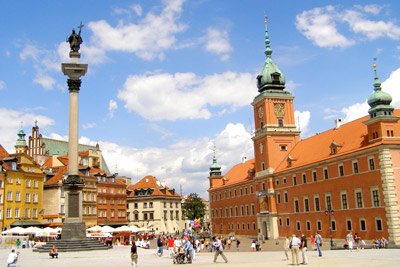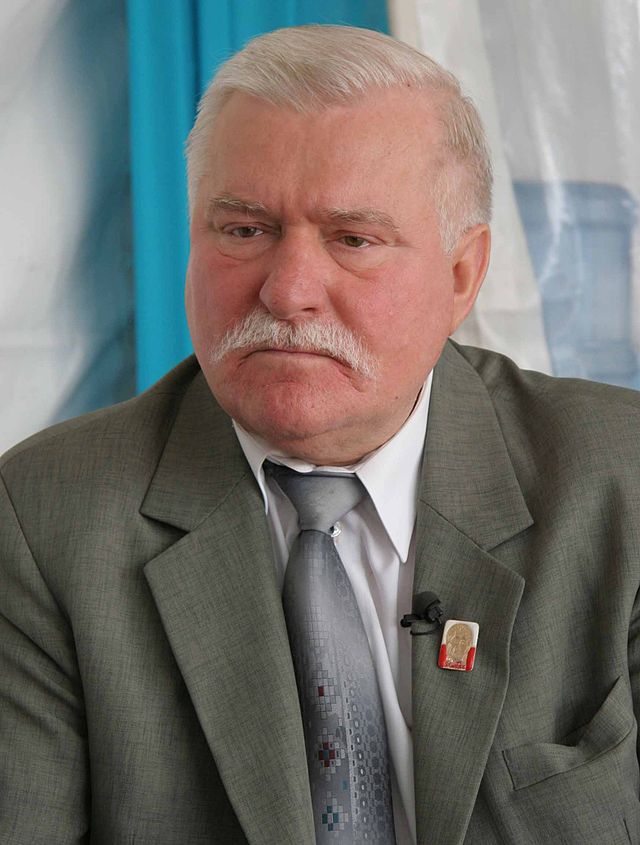
Poland is a Central European country with an area of 312,700 sq. meters, and a population of 38.5 million. Poles make up 98% of the population, Ukrainians and Byelorussians’ make up another 1%, and the remaining 1% is composed of Germans, Lithuanians, Tatars, Roma (Gypsies), Lemks, Boyks and a few dozen other groups.
Population densities vary considerably throughout the country, with Upper Silesia being the most densely inhabited area while the northeastern borderline regions remain the least populated. Over 70% of the country’s inhabitants live in towns and cities. Warsaw by far is the largest Polish city (1,800,000); then comes Łódź (850,000) and Kraków (750,000). Other big cities are Wrocław, Poznań, Lublin, Szczecin, the ‘Tri-City’ area (Gdańsk–Sopot–Gdynia) and Katowice. According to some estimates, 5 to 10 million Poles live abroad. This is basically the result of huge migrations at the beginning of the 20th century and after WWII.
Poland is a strongly religious country. Over 80% of its people are Roman Catholics. Orthodox Church followers constitute less than 1.5 % of the country’s population, yet they make up the second largest creed after Catholicism. Protestants and other creeds make up about 0.5 % of the populace.
Poland is largely a flat country with mountains located along its southern borders (the Sudety Mountains and the Carpathians, whose highest mountain group are the Tatras). Forests cover 23% of the land, 54% is arable, and 13% is pastureland.
History
Nearly all the atrocities and misfortunes the world has ever witnessed have been experienced by the Polish nation. Geographically squeezed between two aggressive powers, Germany and Russia, Poland has been repeatedly invaded. In the past its boundaries shifted a number of times as its power waxed and waned. At one point, during the 17th century, it was the largest country in Europe. At the end of the 18th century it was literally wiped off the map until WW I when it reemerged as an independent nation. Then came WW II and the loss of six million Polish citizens. Forty years of communism followed. In 1989, Poland changed world history by becoming the first Eastern European state to break free from the Soviet bloc, giving credence to Stalin’s 1944 comment that fitting communism onto Poland was like putting a saddle on a cow. Since then, the economic, social and psychological changes have been tremendous. This political change was done through Solidarność, a popular movement under Lech Wałęsa leadership.
Among the invited keynote speakers at the ERUAM 2015 conference is the first democratically elected president of Poland and the Nobel Peace Prize winner Lech Wałęsa.
The EURAM community is grateful to have this charismatic leader as the Keynote speaker at EURAM 2015.
Warsaw
Warsaw, the capital of Poland, owes its contemporary look to two factors: careful restoration after WW II and chaotic expansion within the last 15 years. By the end of World War II, roughly 85% of the city lay in ruins (Warsaw is widely regarded as the city most damaged during WW II) however, parts of it were painstakingly recreated in the years after the war. Indeed, the successful rebuilding efforts of the Old Town were rewarded by being placed on the UNESCO World Heritage list. More recently, modern glass office buildings have emerged and expensive boutiques, restaurants, and hotels have spread along downtown streets.
Warsaw is Poland’s political, economic, cultural and educational heart. Its convenient location makes the city an easy destination to be reached by plane, train or car. There are an impressive number of cultural attractions and sites worth seeing and quite a few museums, palaces and monuments. Warsaw is also famous for its abundant green spaces with gardens and parks where boats cruise past outdoor cafes in the summer and free classical concerts are given. As for nightlife, the city offers plenty. When evening falls, the streets in the city centre sparkle. A beer can be enjoyed with friends in the intimacy of a small cozy pub or at a bar with live music or on the pulsating dance floor of a trendy club or disco.





